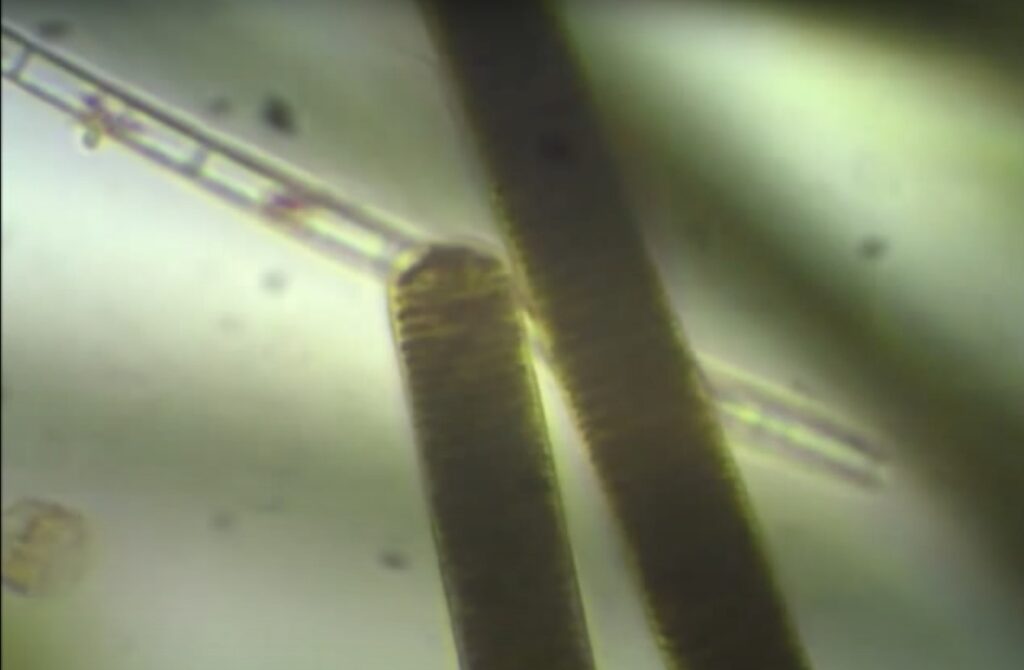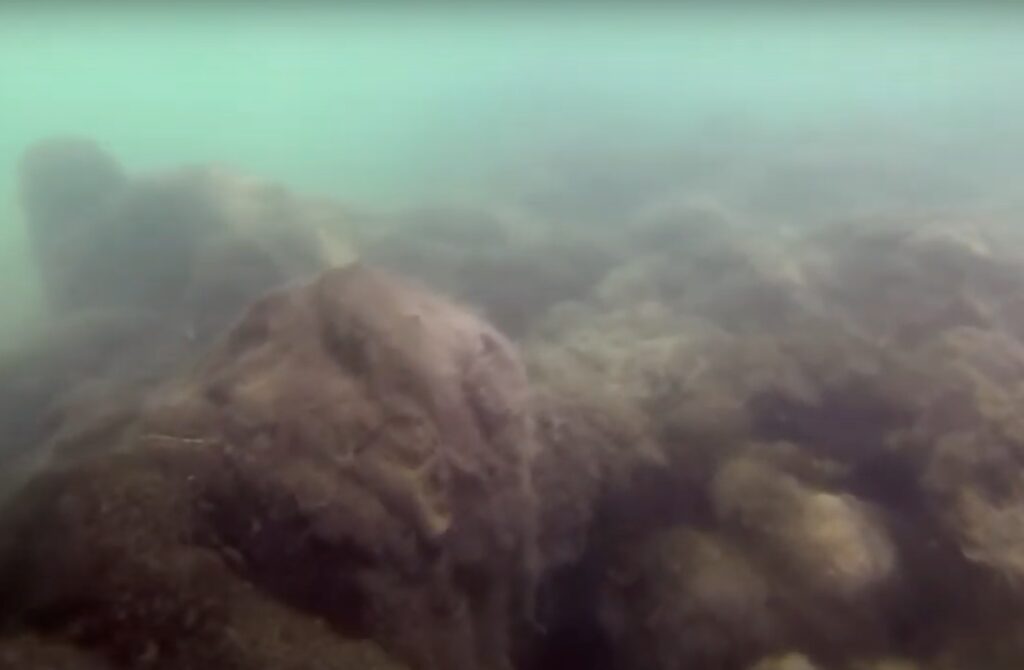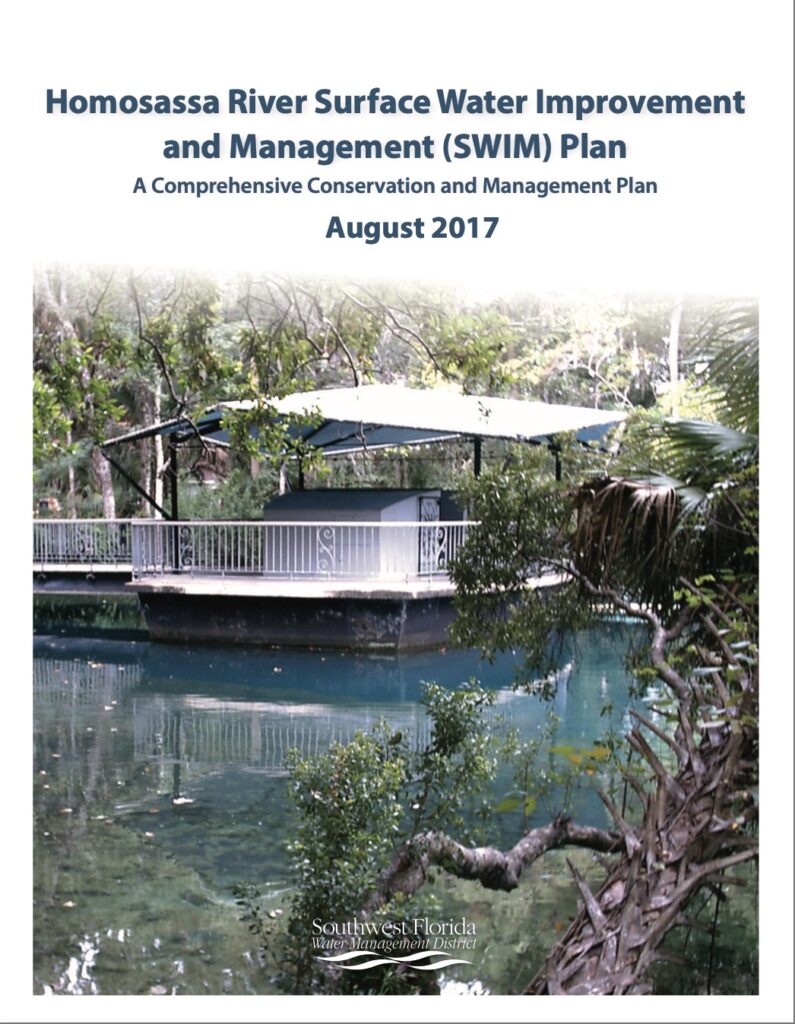Not so Natural
 Believe it or not, the algae we call Lyngbya is a naturally occurring bacteria that has been here for eons. It’s common all around the world. But here, it’s out of control.
Believe it or not, the algae we call Lyngbya is a naturally occurring bacteria that has been here for eons. It’s common all around the world. But here, it’s out of control.
It has not always been as fully developed and invasive as it is today.
Enter the Invaders
Florida hosts a variety of plants which are aquatic invaders. These include the “Algae” we call Lyngbya, but also water hyacinth, eurasian milfoil, and hydrilla.
Florida battled with water hyacinth in the 1970s an 1980s.
Water hyacinth (Eichhornia crassipes) once covered Florida fresh water lakes and rivers. It was introduced to the St. Johns river around 1890. It spread incredibly fast. In just 7 years it became a national issue. The US Congress authorized $5000 to investigate control options in the Sundry Civil Act of June 4, 1897. The states and federal government have collectively spent tens of millions of dollars for research and control of this invasive. It was aggressively managed and has been brought under some control in most areas, but still exists. It is unlawful to possess this plant in Florida.
Hydrilla (Hydrilla verticillata) may be the most well known invader. This asian plant was brought to the US for use in fresh water fish tanks. It was grown in outdoor ponds. But because fish tank contents were sometimes dumped in to local fresh water, this invader got a chance to thrive. And it is still with us.
Hydrilla will grow both from roots and stem pieces, so it it is chopped up by boat propellers, it spreads.
Eurasian Watermilfoil (Myriophyllum spicatum L.) is another invader documented in the SWIM plan. It is native to Europe and Asia, and was discovered in North America about the year 1880. Shipping brought the weed to North America, many believe. The State of Florida’s Homosassa River Surface Water Improvement (SWIM) plan states, “By the late 1960’s, the Homosassa River was reported to be invaded by the non-native Eurasian watermilfoil (Myriophyllum spicatum) (Blackburn and Weldon 1967).”
Shading out the competition
Each of these invaders grows to shade other plant species in fresh water. These invasive plants shade out other plants, like a forest canopy slows or stops light from reaching the ground.

Lyngbya (scientific name: Microseira) does the same thing. It’s heavy blooms cover Submerged Aquatic Vegetation (SAV) that is the base of the aquatic ecosystem. Without sunlight, the submerged vegetation dies. Then the nutrients from the decaying vegetation feed the Lyngbya.

Lyngbya blooms and grows in the warm summer months. It thrives on sunlight and nutrients like nitrogen and phosphorous. Its filaments break apart and each cell forms a new filament. Disturbing Lyngbya can help spread it, and this is why vacuum removal methods may be more effective than mechanical methods.
Grasses Decline and Lyngbya Rises
The 2017 Homosassa River SWIM Plan documents the plan for conservation and management of the Homosassa River. It includes the historical context of the River area, the hydrogeology of the area that feeds the River, and a survey of the major environmental factors impacting the river.
 In short, the SWIM plan lays out the goals and ways to reach them that were envisioned in 2017. In it the 1956 record of Sloan said, “Around the main spring pool, [Homosassa Springs] the dominant rooted aquatic plants in order of abundance were eelgrass (Vallisneria americana), Sago pondweed (Stuckenia pectinatus) and southern naiad (Najas guadalupensis).”
In short, the SWIM plan lays out the goals and ways to reach them that were envisioned in 2017. In it the 1956 record of Sloan said, “Around the main spring pool, [Homosassa Springs] the dominant rooted aquatic plants in order of abundance were eelgrass (Vallisneria americana), Sago pondweed (Stuckenia pectinatus) and southern naiad (Najas guadalupensis).”
The SWIM Plan continues describing that by 2001, much of the Submerged Aquatic Vegetation (SAV) in the river was leaving. “SAV had become sparse with SAV absent from 47% of locations sampled in the river (Frazer et al. 2001). “In 2014-15, FWC reported about 15 acres of treated filamentous algae for the Homosassa River (FWC 2016).”
While Lyngbya out of control is an ecological problem, it does absorb nitrogen and phosphorous. We plant eelgrass (Vallisneria americana) as the river bottom is returned to clean sands. The eelgrass creates habitat (like it was in 1956) and grows to absorb the excess nutrients.


